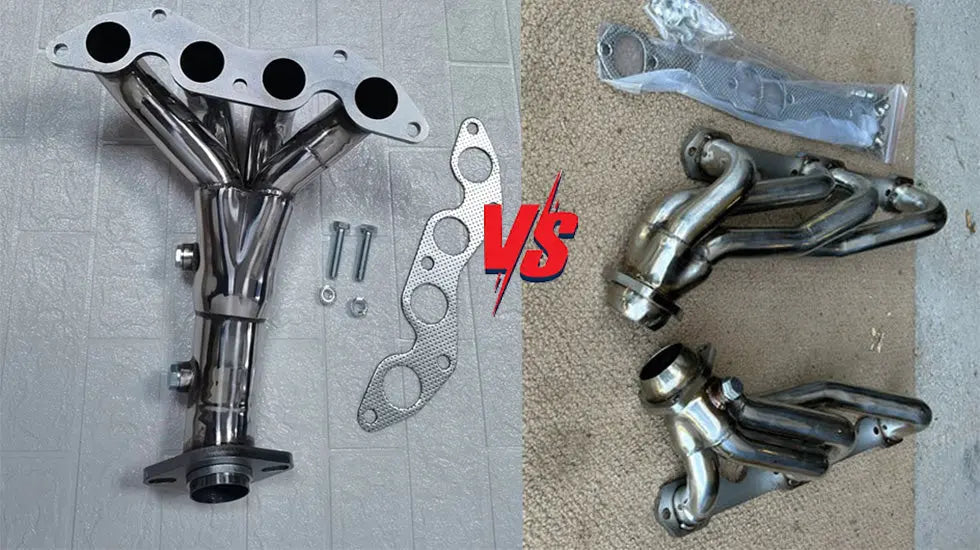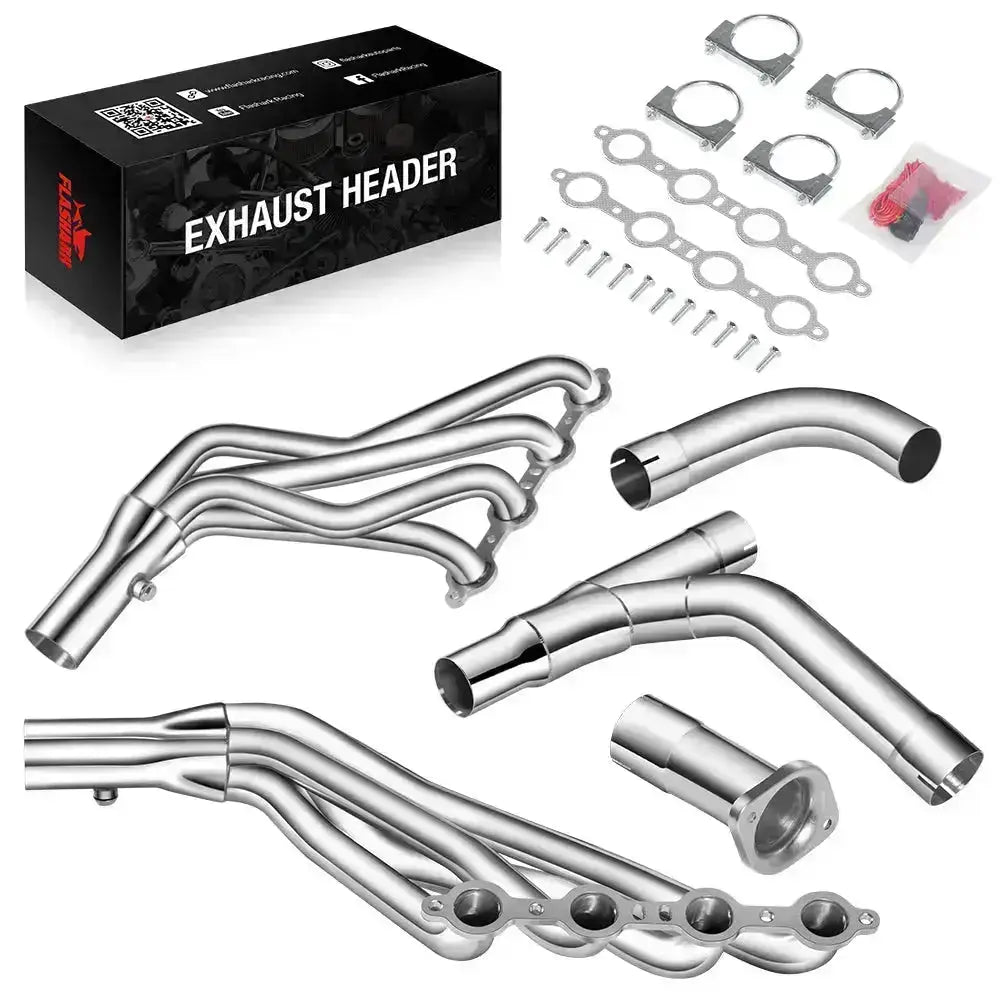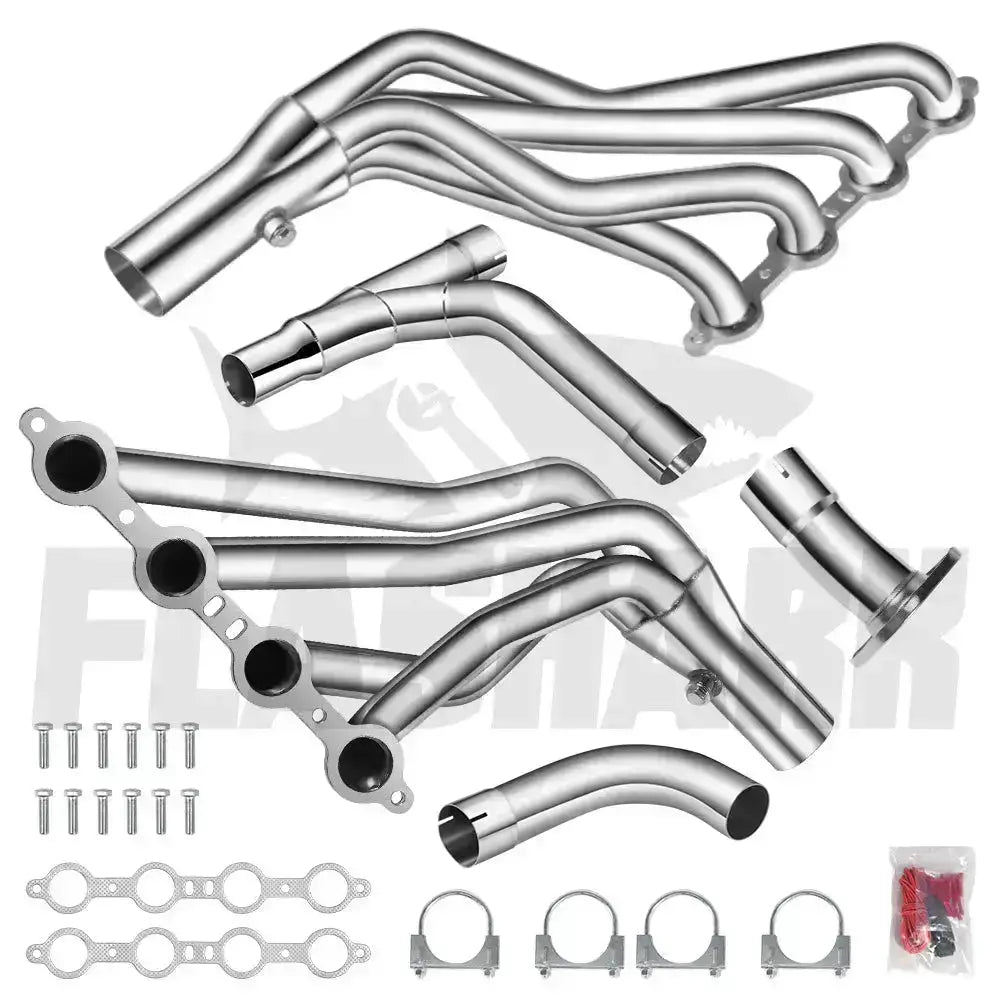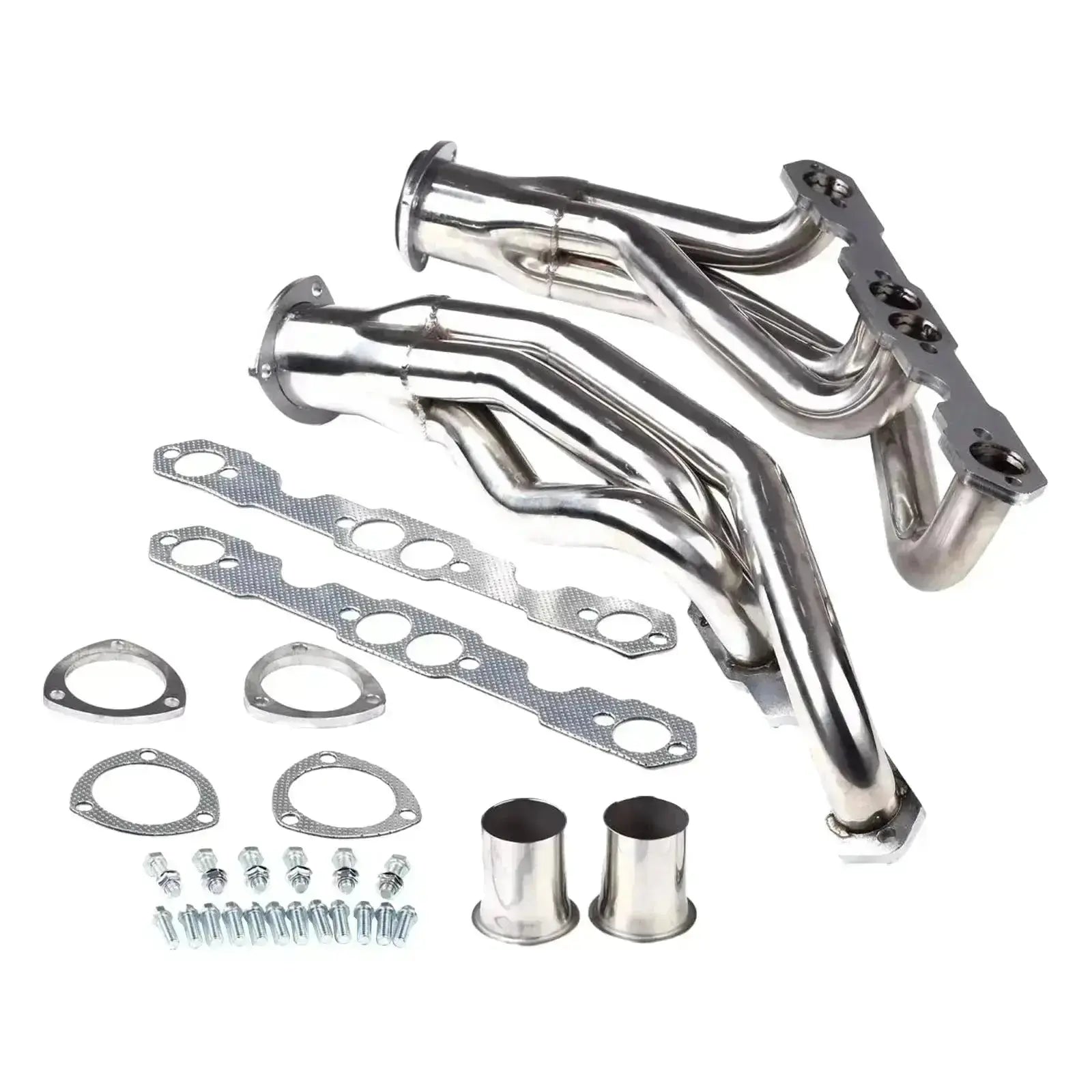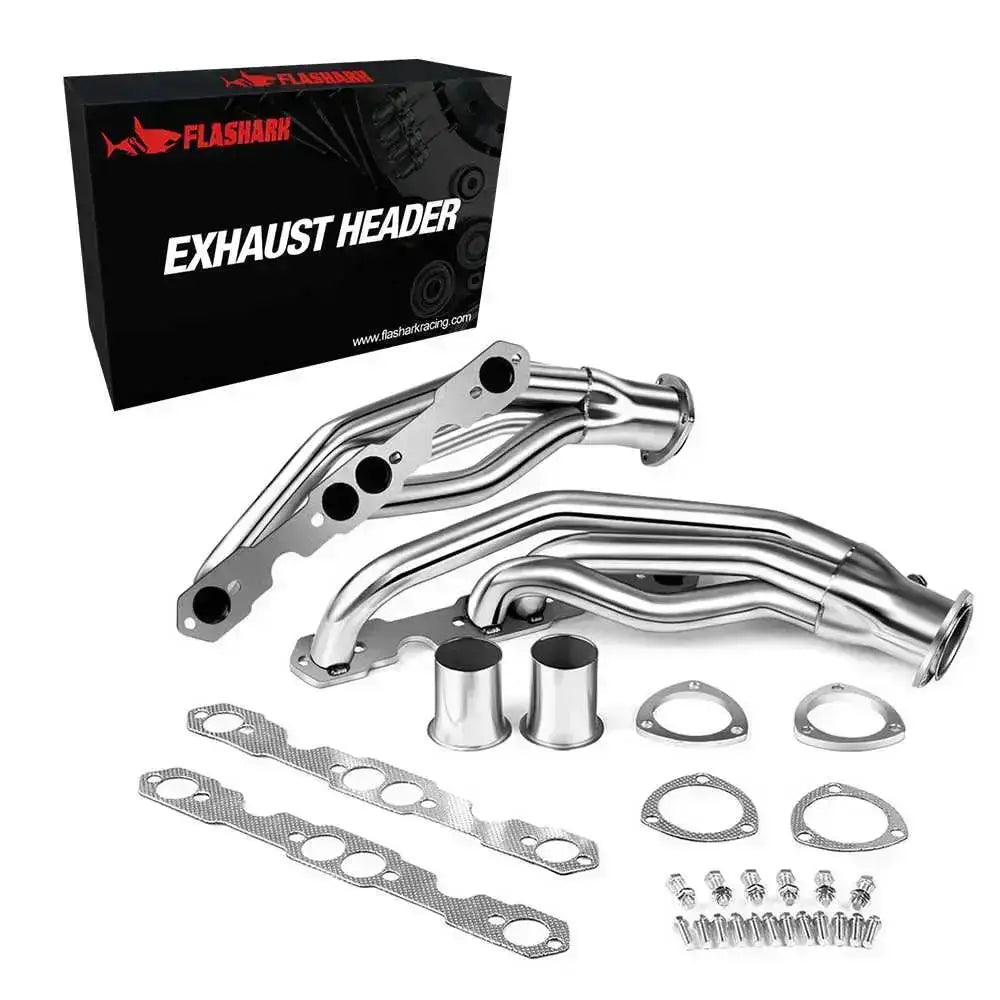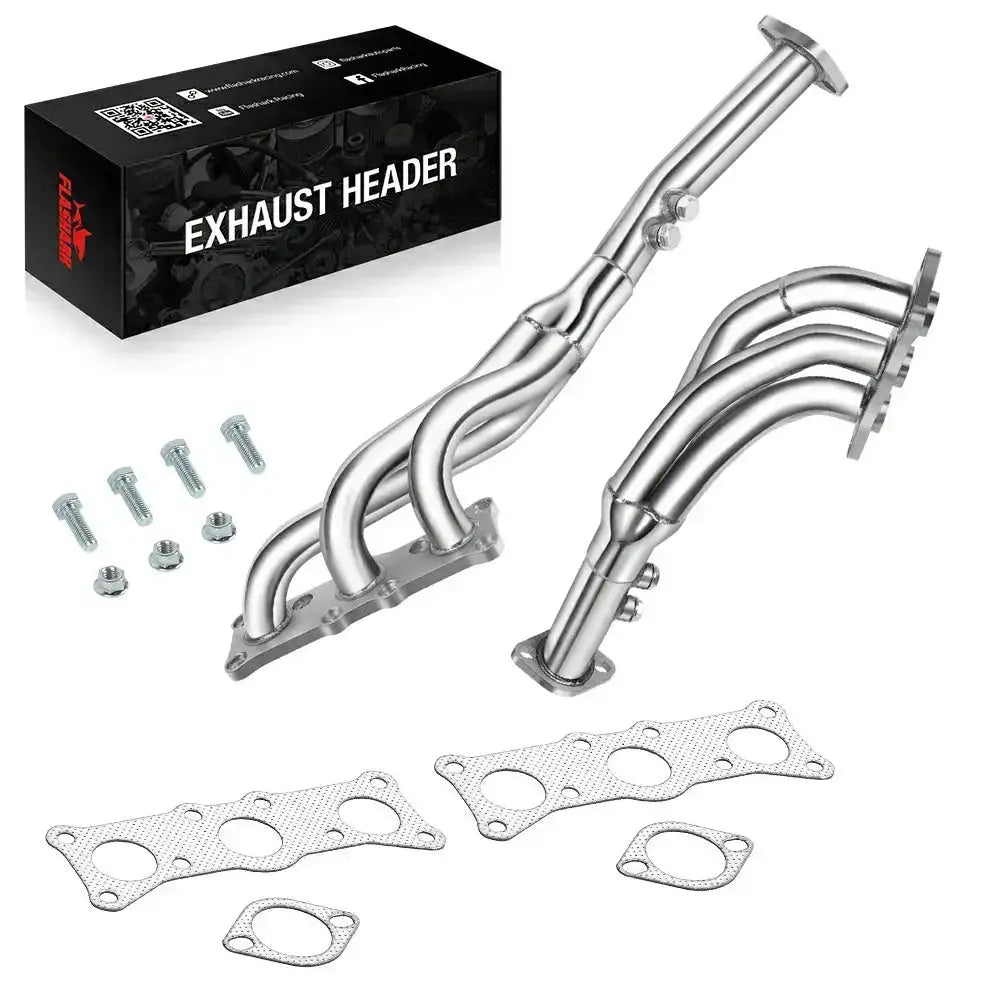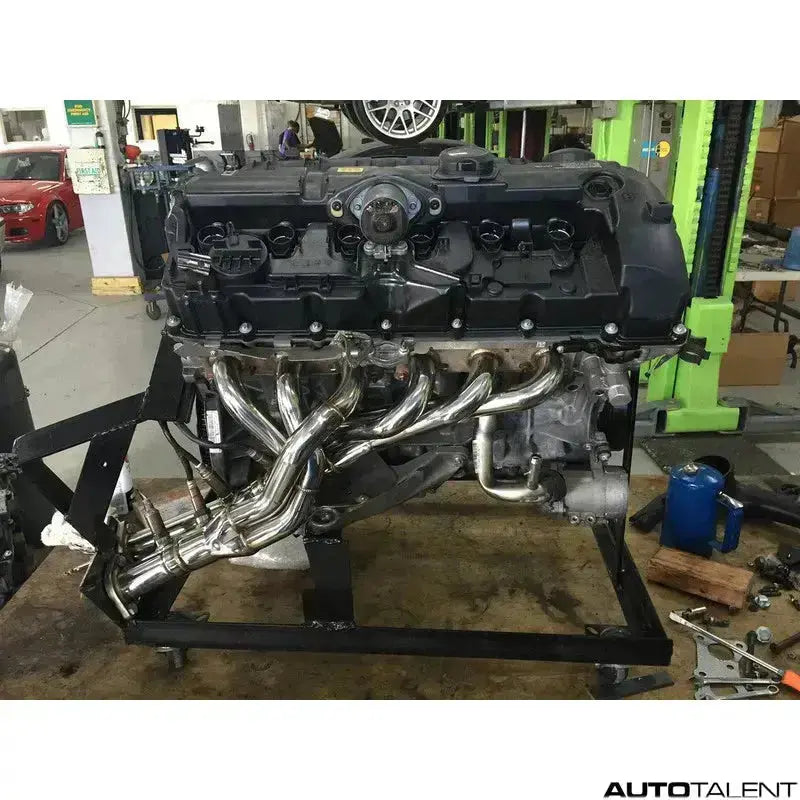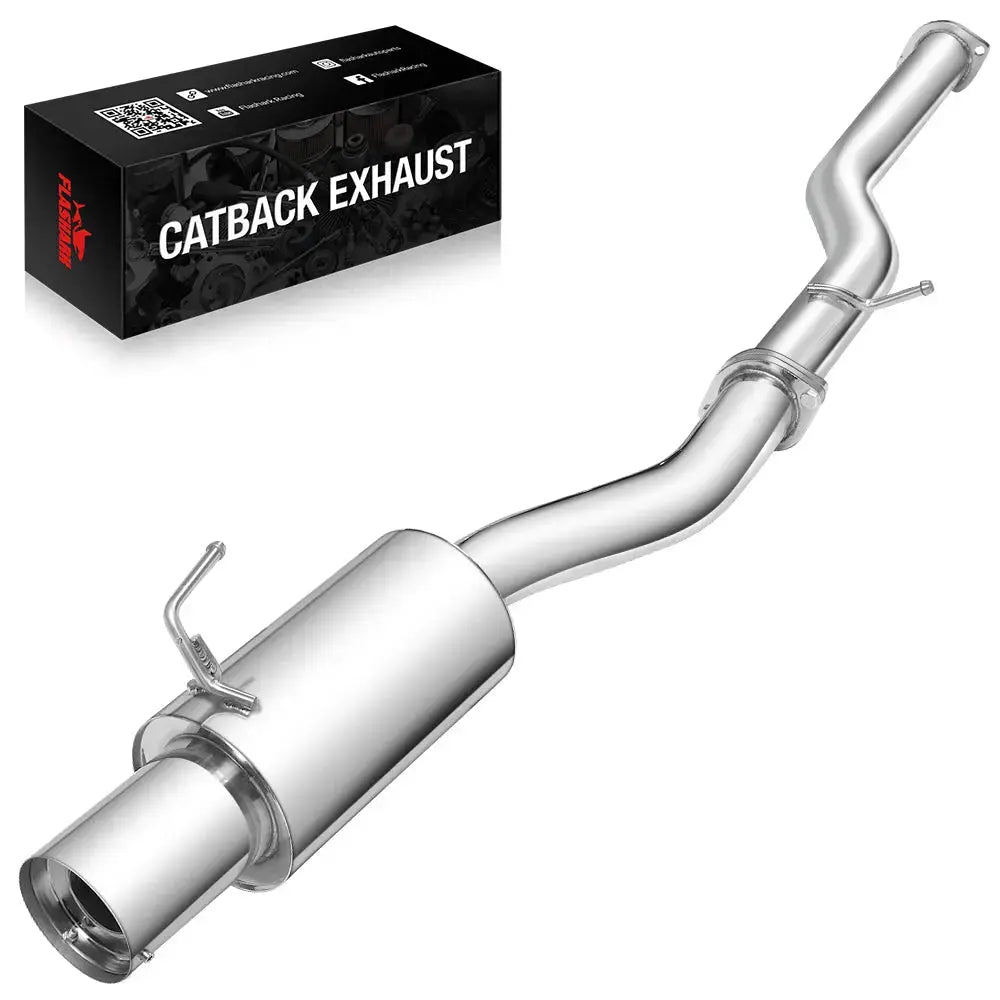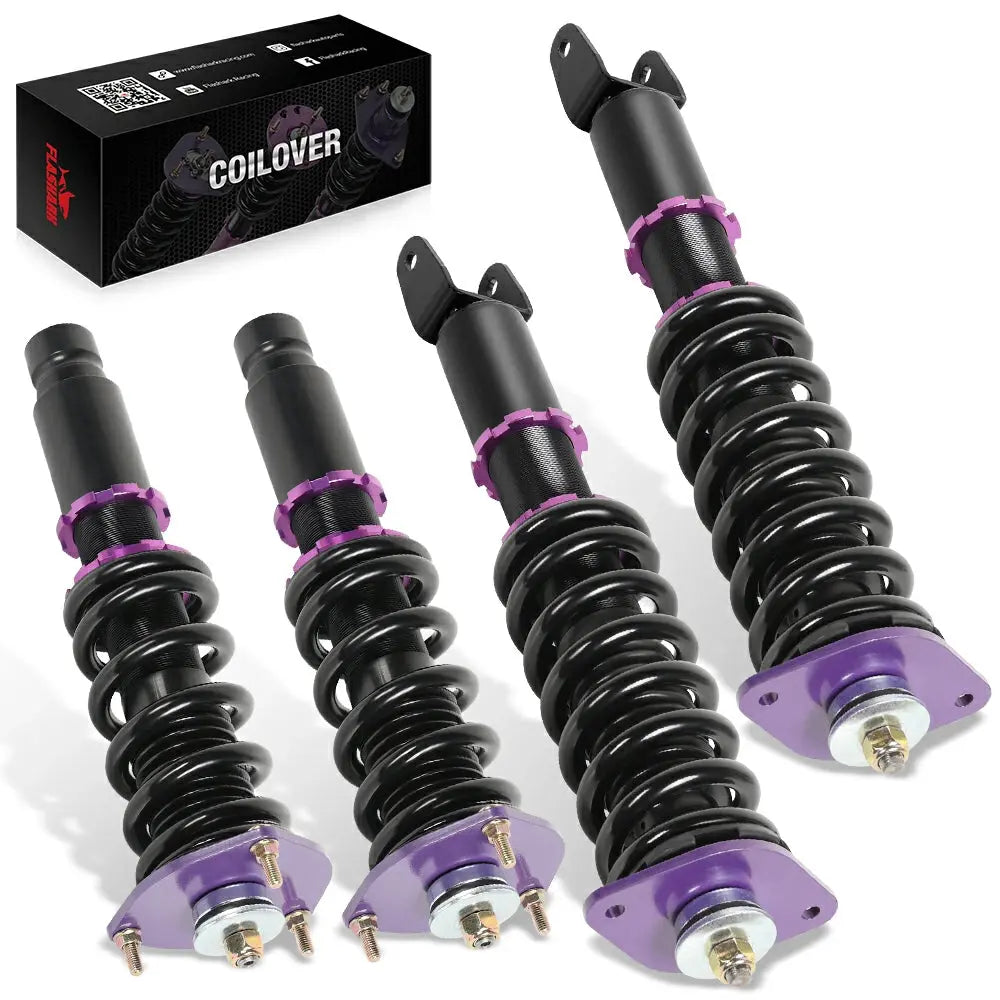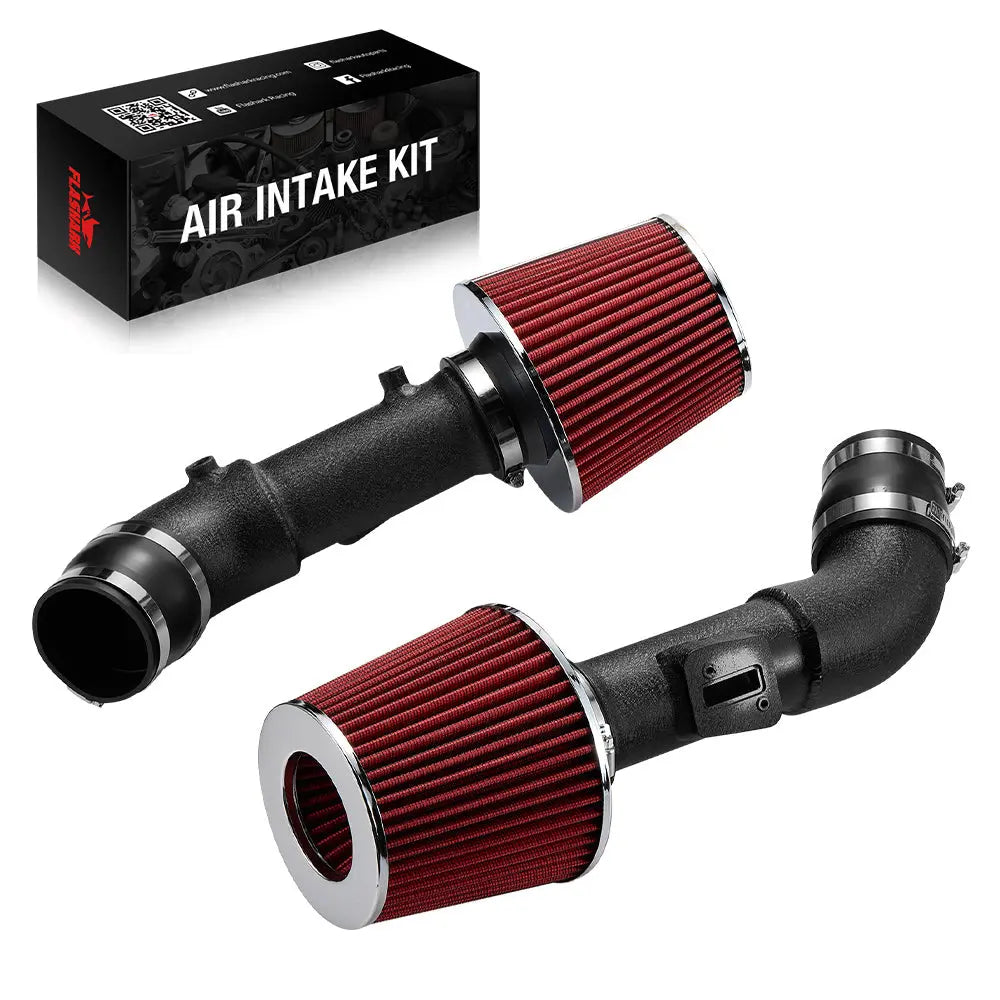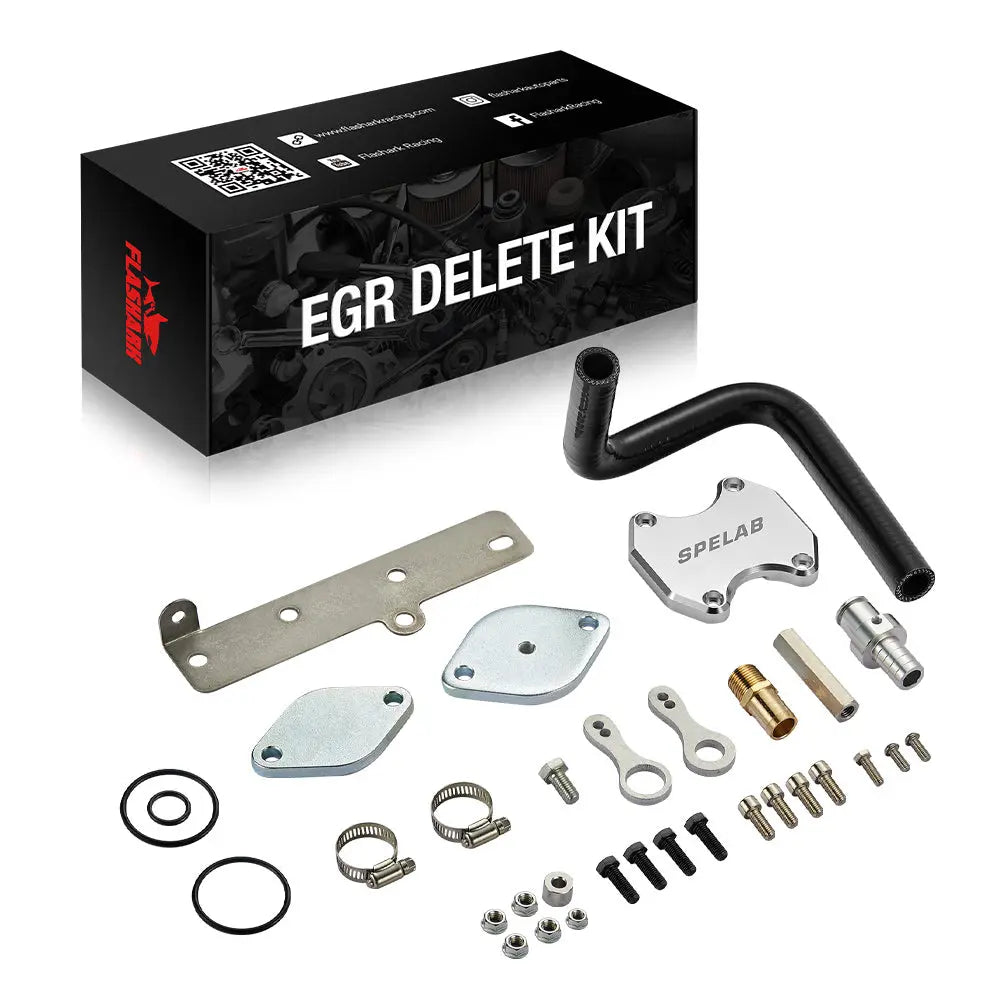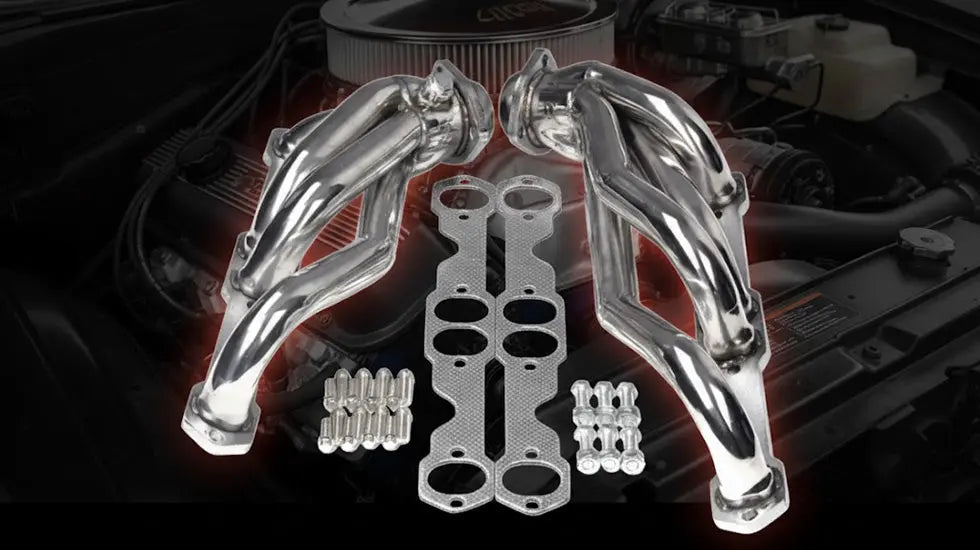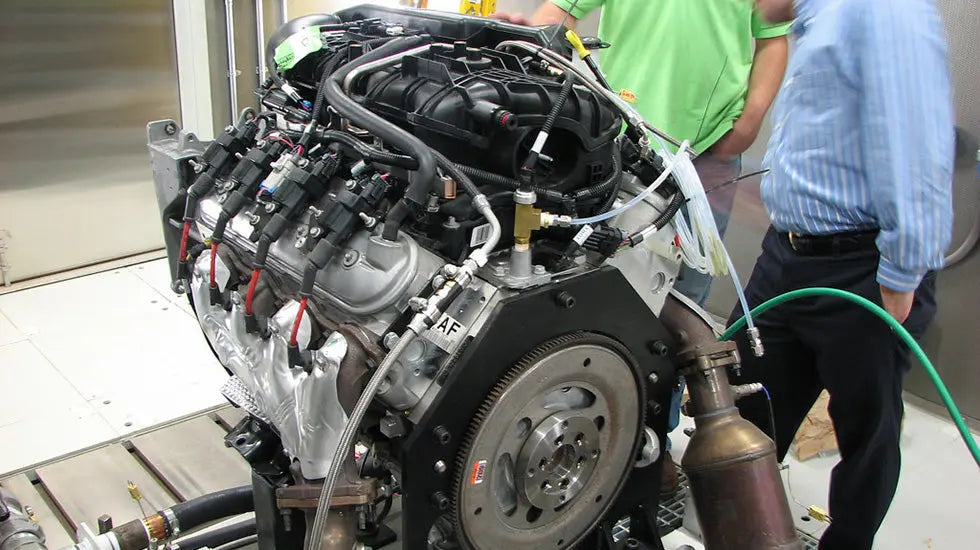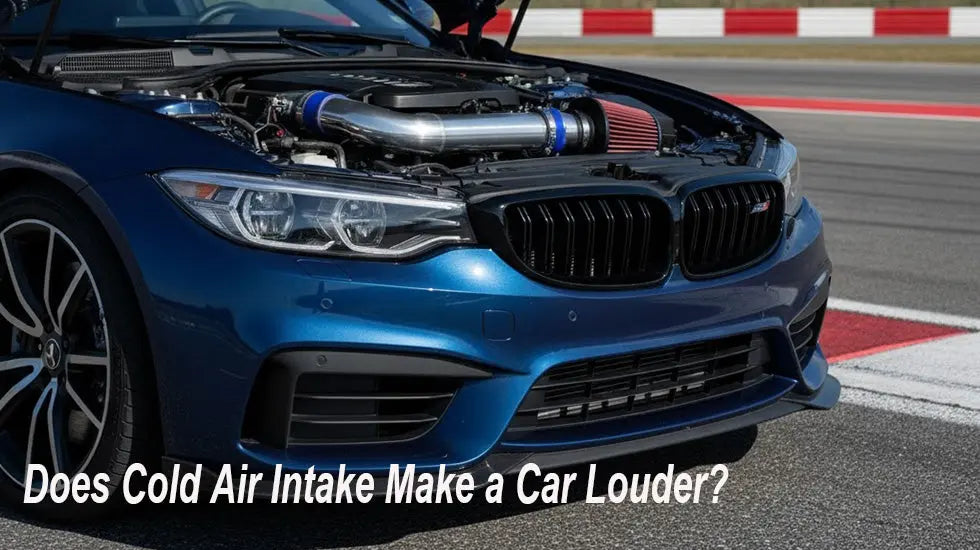Al elegir entre colectores de escape cortos y largos , es fundamental considerar su impacto en el rendimiento, la instalación y la experiencia de conducción de su vehículo. Los colectores desempeñan un papel crucial en el sistema de escape de su motor, y su elección puede afectar significativamente la eficiencia, la potencia y el cumplimiento normativo de su vehículo. Analicemos las diferencias clave entre los colectores de escape cortos y largos para ayudarle a elegir la mejor opción para su vehículo.
Introducción a los colectores de escape
Los colectores de escape están diseñados para optimizar el sistema de escape de su vehículo, optimizando el flujo de gases de escape desde el motor hacia el resto del sistema. Los colectores cortos y los de tubo largo son los dos tipos principales, cada uno con distintas ventajas y desventajas según sus objetivos de rendimiento.
Los colectores cortos son compactos y están diseñados para mejorar el rendimiento de rango bajo a medio, mientras que los colectores de tubo largo están optimizados para una alta potencia de RPM y se utilizan a menudo en aplicaciones de alto rendimiento.
Cabeceras cortas: beneficios y consideraciones

Ideal para conductores diarios y cumplimiento de emisiones
Los colectores cortos generalmente se consideran la mejor opción para vehículos de calle. Su tamaño compacto facilita su instalación y permite integrarlos en configuraciones de motor de serie sin grandes modificaciones. Una de sus mayores ventajas es su cumplimiento con la normativa de emisiones. Al conectarse directamente al colector de escape, suelen ser compatibles con los convertidores catalíticos de fábrica, lo que los convierte en una opción legal en estados con normas de emisiones estrictas.
Impacto en el rendimiento
Si bien los colectores cortos no ofrecen el mismo aumento de potencia en altas revoluciones que los colectores de tubo largo, sí ofrecen una mejora notable en el par motor a bajo y medio régimen. Esto los convierte en una excelente opción para conductores que buscan una mayor aceleración sin sacrificar demasiado el consumo de combustible. Los colectores cortos también son ideales para vehículos que se utilizan principalmente para conducción urbana o remolque ligero.
Colectores de tubo largo: maximización del rendimiento de alta gama

Mayor flujo de escape y potencia
Los colectores de tubo largo son conocidos por maximizar la potencia a altas revoluciones. Estos colectores incorporan tubos más largos que proporcionan una mayor longitud para el recorrido de los gases de escape, lo que reduce la contrapresión y permite un mejor flujo de escape. Este diseño los hace perfectos para vehículos que se conducen frecuentemente a altas revoluciones, como autos de carreras o vehículos de alto rendimiento. Con un ajuste adecuado, los colectores de tubo largo pueden aumentar significativamente la potencia y el par motor a velocidades más altas.
Consideraciones de instalación y espacio
Una desventaja de los colectores de tubo largo es su complejidad de instalación. Debido a su mayor tamaño, requieren más espacio y podrían requerir modificaciones adicionales para encajar en el compartimento del motor del vehículo. Esto puede resultar en mayores costos de instalación y mayor tiempo de trabajo bajo el capó. Además, los colectores de tubo largo podrían no ser compatibles con ciertas configuraciones de motor, por lo que es crucial asegurarse de que su vehículo los admita antes de comprarlos.
Opciones de materiales: cerámica vs. acero inoxidable
Recubrimiento cerámico
Los colectores con recubrimiento cerámico están diseñados para mejorar la resistencia al calor y proteger los componentes del escape de la oxidación y la corrosión. Este recubrimiento ayuda a mantener un rendimiento constante al mantener baja la temperatura del escape, lo que previene la acumulación de calor y mejora la eficiencia del motor. Los recubrimientos cerámicos son ideales para una larga durabilidad y un rendimiento óptimo.
Acero inoxidable
Los colectores de acero inoxidable son muy duraderos y resistentes a la corrosión, lo que los convierte en una opción popular para los entusiastas del rendimiento. Son conocidos por su resistencia y capacidad para soportar temperaturas extremas. Si bien no ofrecen la misma resistencia térmica que los colectores con revestimiento cerámico, ofrecen un excelente rendimiento a largo plazo y una apariencia atractiva.
Cómo elegir el cabezal adecuado para la configuración de su motor
Tipo de motor y objetivos de rendimiento
Al seleccionar colectores, es importante considerar el tipo de motor y los objetivos de rendimiento. Para vehículos con motores más pequeños o para uso diario, los colectores cortos son una excelente opción. Sin embargo, para vehículos con motores más grandes o para rendimiento en pista, los colectores de tubo largo ofrecen un rendimiento superior a altas RPM. Comprender las necesidades de su vehículo y el uso que le dará le ayudará a tomar una decisión.
Ajustes y modificaciones
Los colectores se suelen usar junto con otras mejoras de rendimiento, como tomas de aire frío o sistemas de escape. Es fundamental considerar estas modificaciones adicionales al elegir los colectores, ya que algunas configuraciones pueden requerir ajustes para garantizar la compatibilidad y maximizar el rendimiento. Además, los colectores de tubo largo suelen requerir ajustes para evitar que se active la luz de verificación del motor o que se vea afectado el rendimiento del motor.
Instalación y mantenimiento
La instalación de colectores, ya sean de tubo corto o largo, generalmente implica retirar el colector de escape original y reemplazarlo por el nuevo. Si bien los colectores cortos son más fáciles de instalar debido a su tamaño compacto, los de tubo largo pueden requerir una instalación profesional. Una instalación correcta es fundamental para garantizar que los colectores encajen correctamente y funcionen correctamente. El mantenimiento regular, como revisar si hay fugas de escape o asegurar que los tornillos del colector estén bien apretados, ayudará a prolongar la vida útil de los colectores.
Conclusión: Cómo maximizar el potencial de su vehículo
Elegir los colectores adecuados depende de tus objetivos de rendimiento, tipo de motor y estilo de conducción. Los colectores cortos ofrecen un gran impulso en el rendimiento a bajas y medias revoluciones y son ideales para uso diario, mientras que los colectores de tubo largo ofrecen un aumento sustancial de potencia a altas RPM, lo que los hace perfectos para vehículos de alto rendimiento. Ya sea que priorices el cumplimiento normativo, la facilidad de instalación o la maximización de la potencia, tanto los colectores cortos como los de tubo largo tienen sus ventajas únicas.

